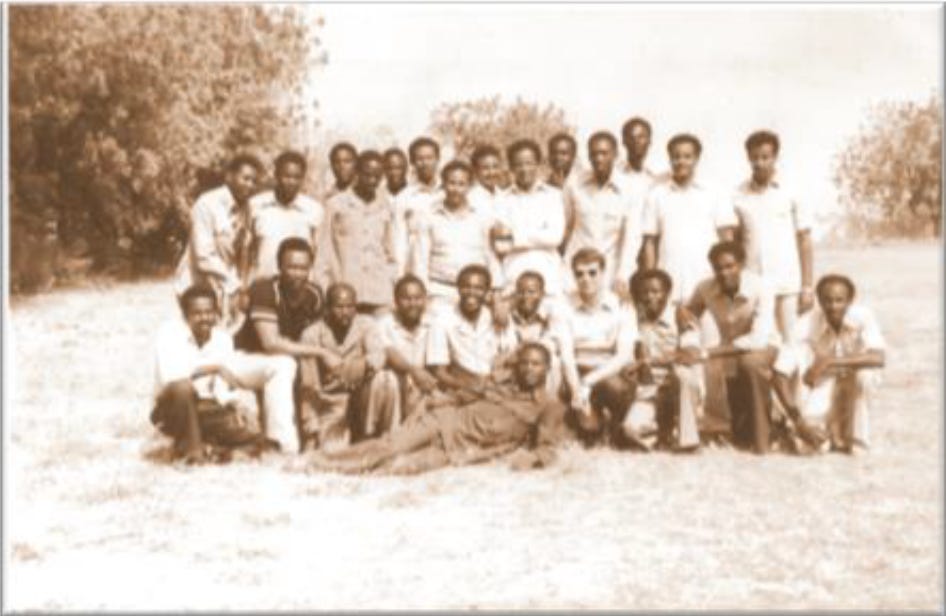IN THE KILL ZONE: The Life and Times of Willie Merkerson (Part 4)
Part 4: Disappearing in Plain Sight

It was about 7 am on a warm, dusty morning in the Sudanese city of Omdurman. The sun was only beginning to bake the air into the upper 90s it would reach that day in late summer 1983.
Willie Merkerson and Scott Eder, two former Green Berets turned CIA operatives, were in the back seat of a military Land Rover that a young Sudanese corporal was maneuvering through the early morning traffic. A Sudanese captain was riding shotgun.
The four were en route to a training site on the other side of Omdurman, which sits across the Nile River from the capital, Khartoum. Following miles behind them was a truck carrying the members of the Sudanese presidential guard they were due to train that day.
The rush-hour traffic was moving steadily, but not fast enough for the impatient corporal. Intending to pass the vehicles in front of him, he pulled out of his lane only to see a truck with an open bed full of unsecured passengers barreling toward him. Too late, he tried to swerve back into his lane. “The front left of our fender struck the lorry and the lorry rolled,” Eder told The High Side.
The impact left the Land Rover spinning “like a top,” with the only injury to the four occupants being Eder’s bruised shin, he said. “We were the luckiest men in the world at that moment.”
The truck passengers were not so fortunate, he said: “There were bodies everywhere.”
The corporal who had caused the accident “disappeared,” Eder said. “He just vamoosed, and it was just me, Willie and the Sudanese captain” left to deal with the situation.
After getting out to inspect the scene, Eder, who was suffering from a severe bout of food poisoning, returned to the Land Rover and climbed into his seat. “I was not in top condition,” he said.
But as he tried to gather his strength and his wits, Eder soon became aware of a large crowd – “hundreds of them” – gathering at the crash site.
Whipped up by agitators, the mob was looking for someone to blame for the horrific scene. Eder, the Land Rover’s only white occupant, offered a convenient scapegoat. Within minutes, many in the crowd were pointing menacingly at him as the man responsible.
Already alert to the danger, Merkerson walked briskly over to the Land Rover. “They’re blaming you for the accident,” he told Eder. “We need to get out of here.”
With the vehicle surrounded and the corporal gone, driving away was out of the question.
Together with the Sudanese captain, Merkerson and Eder started moving through the crowd, which quickly became more difficult as the mob formed around them, jostling them and shouting angrily. “The fists started flying,” Eder said.
As the captain and Merkerson pushed him through the crowd while fighting off those trying to get to him, Eder had little doubt of his fate if the mob got their hands on him. He was familiar with “necklacing,” a common form of vigilante justice in Africa in which a tire filled with gasoline or another flammable liquid is placed around a victim’s neck and set alight.
“They were going to necklace me with the tire and the fuel, because I was the white guy,” he said.
Eder felt the mob closing in.





